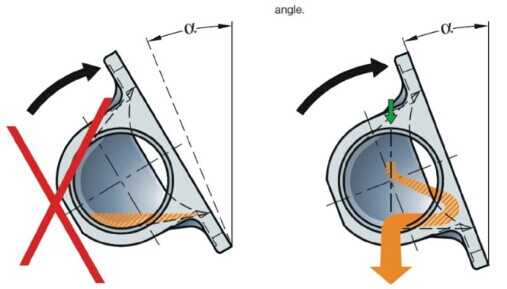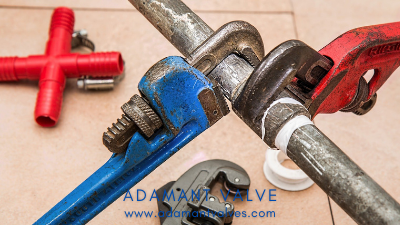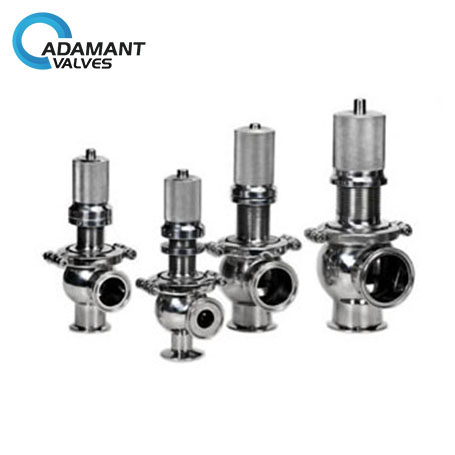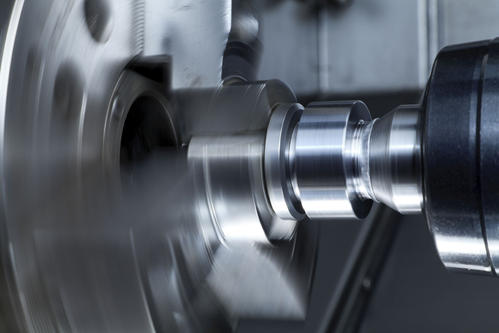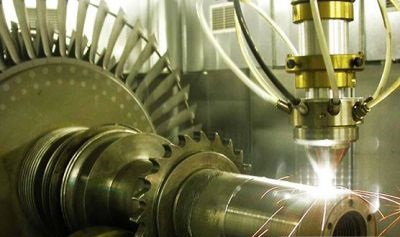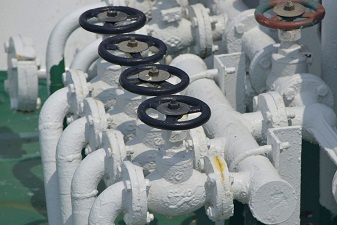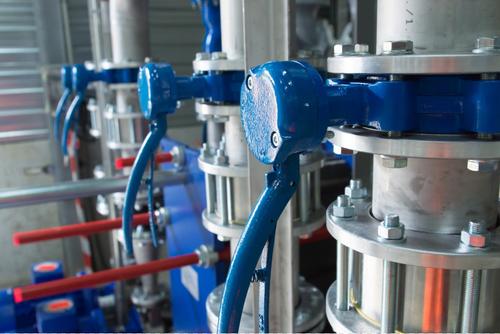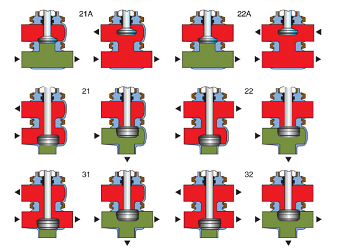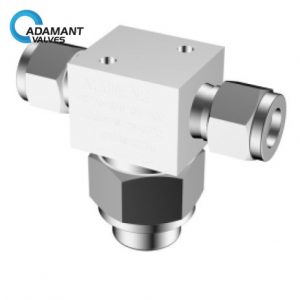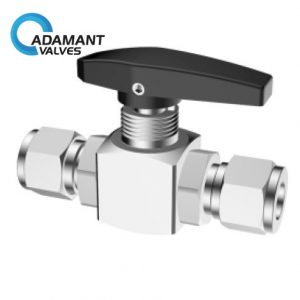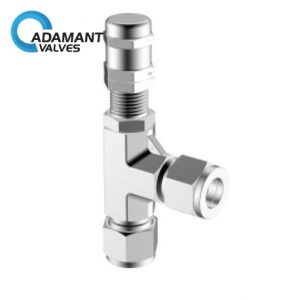Category: Valve Operation
Functioning Mode of Pilot-operated Sanitary Relief Valves
How do pilot-operated relief sanitary relief valves work? The pressure of a pilot-operated sanitary relief valve is provided on the upstream side (the system being protected) at the dome often by a small pilot tube. The downstream side is the pipe or open-air where the PORV directs its exhaust. The outlet pipe is usually larger […]
Read moreCommon Causes of Valve Sealing Failure and Leakage
Sanitary valves are control components that provide diversion, cut-off, throttling, check, diversion or overflow, and pressure relief in pipeline fluid conveyance systems. Valve sealing is a critical factor when safely processing and transporting fluids and gases. Even a small valve seal failure or a slowly dripping valve leak can quickly lead to a catastrophic flood, […]
Read moreTypical Failures of Pilot Relief Valve
With the development of construction machinery hydraulic system towards the direction of medium, high and ultra-high pressure, pilot relief valve is widely used in the oil control pipelines of construction machinery hydraulic systems. In practice, in order to maximize its efficacy and protect the control system, accurate and timely diagnosis and troubleshooting of sanitary relief valve […]
Read moreHow to use Pneumatic Sanitary Valves?
The pneumatic sanitary valve adopts standard electronic polishing, a smooth surface to ensure the cleaning, and it has no media accumulation area and will not generate potential pollution, which is widely used in food, pharmaceutical, cosmetic, clean steam, liquor, beverage, and biochemical industrial process control. Attention should be paid to the use of the pneumatic sanitary valve […]
Read moreThe Use and Mechanism of Track Plug Valve
The use of track plug valve: Track plug valve is suitable for pipelines of various working conditions such as petroleum, chemical, pharmaceutical, fertilizer, and electric power under the nominal pressure CLASS150-900LBS and working temperature of -29-180 °C. It is used to shut off or connect the pipeline medium. The main structural features of the track […]
Read moreWays to Improve the Service Life of Regulating Valve
1. Service life improving the method of the large opening operation Make sanitary regulating valve operate at the maximum opening from the very beginning, such as 90%. In this way, cavitation, erosion, and other damages occur in the head of the valve core. With the damage to the valve core, the amount of flow increases, correspondingly […]
Read more7 Types of Wear Produced During Valve Operation
Due to frequent opening and closing and erosion of the fluid medium, the wear of sanitary valves is generally classified into the following types. Adhesive wear Adhesive wear is usually caused by sliding between metals. As the two pieces of metal are pressed together, the uneven surfaces come into contact with each other to form contact […]
Read moreThe Maintenance of Valve Stuffing
1. Stuffing is a key sealing member that is directly related to whether there’s a leakage when the valve opens or closes. If the stuffing is no longer functional and causes leakage, the valve is in effect no longer functional. Especially the urea pipeline valve, because of its relatively high temperature and corrosion, stuffing is […]
Read moreThe Mechanism and Structure of Solenoid Valve
What are the types of solenoid valves? Tracing the history of the development of the solenoid valve, so far, it can be divided into three categories according to its mechanism. These are direct-acting type, distributed direct-acting type, and pilot type. And according to the differences in the structure of the valve flap, materials, and mechanism, they […]
Read moreWhat are the Effects of the Coating on the Valve Surface?
Generally speaking, cast iron and carbon steel valves are usually painted with different types and thicknesses of paint for good protection. Sanitary valves are generally used for the transportation of water, oil, steam, etc., and are in direct contact with the metal surface, thus prone to serious corrosion under the action of oxygen. Coatings are generally […]
Read more
